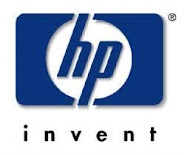If you'll recall in an earlier post, process diagrams are very useful in getting the "10,000" foot view of your operation. Within each process box you can break down what transpires in the form of an itemized set of steps that completes the process box and feeds into the next one. What's important to remember is that all requirements for completion are listed in your process. If not, that's a whole or a gap and leaves the process open for interpretation. Continuing with our help desk process theme, I will demonstrate what might transpire.

Let's look at the first process event - "Analyst Uses Scripted Greeting". The requirements that satisfy this might go something like this:
- "Welcome the Acme help desk. May I have your employee ID?"
- Analyst obtains employee ID and enters it into tracking tool.
- "Is this Joe Blow? And you can be reached at 719-555-1212?"
- "How may I assist?"
- Analyst follows "Troubleshooting Process".
So basically what we've done here is satisfy two process boxes in our process diagram. The scripted greeting as well as the decision box validating/acknowledging the user's entitlement to service. Bear in mind, the steps listed above do not a complete process make. What I'm talking about here is just the steps required to satisfy those parts of the process diagram.
This part of the process analysis will again lead to more questions relating to detail, providing enough direction, and how far do you drill with specificity. Those are questions you'll have to answer through the exercise of breaking down the detail and determining how far you need to go. It might be a task that no one person alone can answer, so seek help from subordinates and peers alike.








